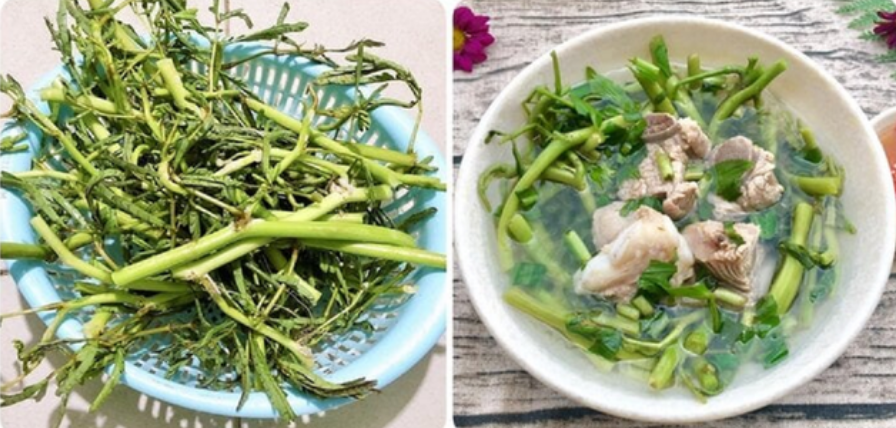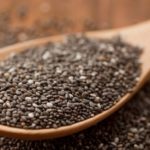Water Spinach: A Nutritional Powerhouse
Water spinach, also known as Neptunia oleracea Lour (N. prostrata Bail), is a nutrient-rich vegetable with a lot to offer. This aquatic plant thrives during the summer and autumn months and has a unique, well-developed root system that allows it to absorb both inorganic and organic dissolved solids from the water.

With its vigorous growth, water spinach can be harvested again just 7-10 days after cutting. For medicinal purposes, the whole plant is used, either fresh or dried, and cooked into soups or decoctions.
In traditional East Asian medicine, water spinach is believed to have a sweet taste and a cold nature, with no toxicity. It is said to tonify the middle burner, benefit qi, calm the spirit, clear heat from the stomach, strengthen tendons, and tonify the bones. Clinically, it is used to treat weakness of the five viscera, eliminate stagnation from the channels and collaterals of the tendons and bones, dissipate goiters, and strengthen the tendons and bones.
However, due to its cold nature, those with a cold constitution (characterized by aversion to cold, poor digestion, and diarrhea) should exercise caution when consuming water spinach.
At first glance, this wild-growing vegetable may seem unassuming, with its white floats and feather-like compound leaves. But its edible parts—stems and leaves—offer a unique flavor profile, combining the aroma of shiitake mushrooms with the crispness of lotus roots, making it a delicious addition to any meal.
According to Sức Khỏe & Đời Sống, the renowned Vietnamese physician Tuệ Tĩnh, in his work Nam Dược Thần Hiệu, described water spinach as having a sweet taste, a cold nature, and no toxicity. He noted its ability to moisturize the intestines and eliminate edema, adding that “eating a lot of it keeps hunger at bay.”
In the realm of East Asian medicine, water spinach is known for its cold nature, sweet taste, and non-toxic properties. It is believed to nourish the yin aspect, generate body fluids, clear heat from the liver and lungs, calm the spirit, treat palpitations, promote blood circulation, regulate the spleen and stomach, clear water pathways, promote urination, reduce inflammation, moisturize the intestines, lower fever, and treat dysentery, goiters, and insect bites.
Traditional Remedies Featuring Water Spinach

Here are some traditional ways water spinach is used for health purposes:
– Constipation and difficult urination: Decoct 200g of dried water spinach in 400ml of water until only 200ml remains. Drink this in place of regular water throughout the day, or regularly consume fresh water spinach in your meals (pluck the young shoots, discard the roots and outer white floats, wash thoroughly, and consume the stems and leaves like any other fresh vegetable).
– Insomnia: Wash and boil 300g of water spinach, 25g of yam, and 10g of lotus leaves together. Add seasoning to taste and consume both the broth and the vegetables. It is recommended to consume this 3-5 times a week, preferably in the evening, about 30 minutes before bedtime, according to Tiền Phong.
– High fever, restlessness, gastrointestinal heat, and difficult urination: Juice 30-60g of fresh water spinach and drink the extract, or decoct 20g of dried water spinach, 10g of Japanese knotweed, and 8g of fibrous root of fleeceflower and drink the decoction.
– Thyroid support (goiter): Consume water spinach daily for 20-30 days as a course of treatment. Alternatively, decoct a mixture of 30g of water spinach, 24g of field mustard, 16g of ophiopogon root, 16g of rehmannia root, 8g of bupleurum root, 12g of Japanese knotweed, and 8g of Alisma plantago-aquatica and drink the decoction.
– Indigestion and abdominal distension: Blanch fresh water spinach and consume, or juice it and drink the extract twice a day.
– Heat clearance and acne treatment: Decoct water spinach and drink the decoction in place of tea, or regularly consume fresh water spinach in your meals.



































